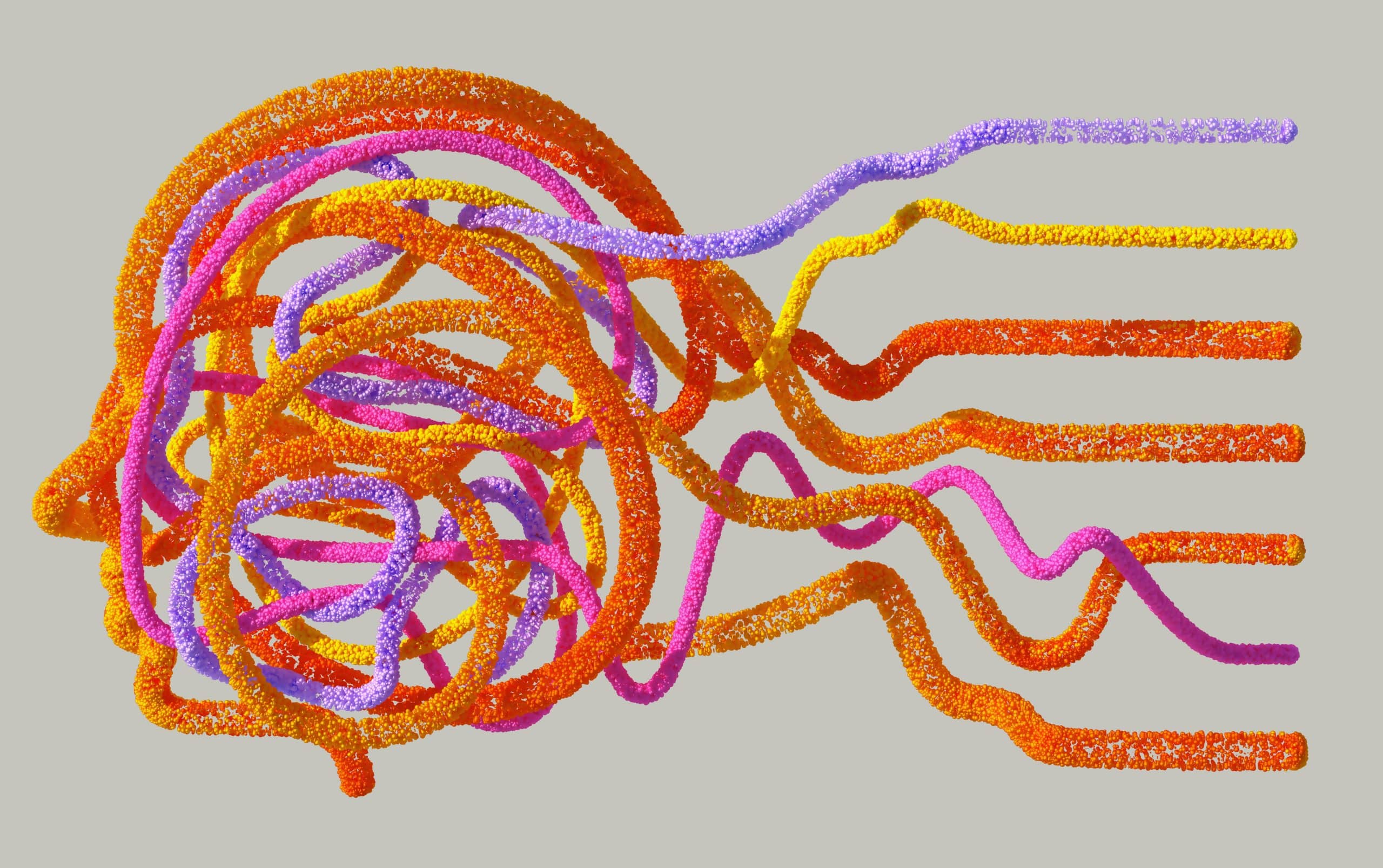Though sunscreens are a major line of defense for protecting your skin from exposure to the sun’s UV rays, many kinds aren’t entirely safe for humans or the environment.
Specifically, when they seep into your skin or the water around you, many traditional chemical UV filters in sunscreens can create toxicities that can damage your body’s internal systems or marine life. Is there a way to create a sunscreen that protects human skin without harming the environment?
Two chemists from Northwestern University in Evanston, Ill., have discovered a potential answer to this question in the underwater world. It comes in the form of the molecule xanthommatin, which helps cephalopods like octopuses and squids change colors and camouflage themselves. Both chemists developed Xanthochrome®, a synthetic version of xanthommatin that enhances the UV protection of traditional sunscreens. It does this while not harming the environment; the creation marks a major development in the skincare industry.
Xanthommatin And What Can It Do
Found naturally in the bodies of octopuses, squids, cuttlefish, and other cephalopods, xanthommatin molecules are pigments, bioactive components that control the animals’ unique colorations. The chromophore regions inside these molecules determine how the cephalopods’ bodies absorb light wavelengths. It also helps to determine what colors the surfaces of their bodies will look like to other animals. Thus, xanthommatin plays an important role in cephalopod camouflage.
While researching these molecules, chemists Camille Martin and Leila Daravi discovered that they possessed several interesting properties beneficial to human skin care. These molecules had strong antioxidant properties that are good for human skin. Also, optical properties that protect against exposure to sunlight, and light-scattering properties that could prevent photoaging. As free radical scavengers, the molecules could also help out with skin health and skin barrier functions.
Xanthochrome Compared To Traditional UV Filters
https://gty.im/2156881666
Realizing the benefits that xanthommatin could provide for human skincare, Martin and Deravi isolated and characterized the properties of the molecules. In doing so, they used them to develop “a bio-identical version of the naturally occurring material” that they called Xanthochrome. After doing so, they ran multiple tests on Xanthochrome to determine its effects on human skincare products and marine life.
Some chemical UV filters in sunscreens create reactive oxygen species that can seep into your skin and cause toxicity in your bodily systems. Xanthochrome did demonstrate skin restorative properties. When combined with zinc oxide, which the Food and Drug Administration (FDA) considers a safe, effective ingredient to use in sunscreens, Xanthochrome boosted the oxide’s UV protection by 28 percent and visible light-blocking potential by 45 percent.
Reactive oxygen species in chemical UV filters can seep into water while also damaging coral and other marine species. But Xanthochrome caused no such harm to marine life. Even at concentrations five times higher than what’s used in normal formulations, Xanthochrome had no adverse effects on coral cuttings. Since every new product gets washed into the ocean, Deravi said, it’s important for new raw materials like Xanthochrome to not harm marine environments.
Current Status of Xanthochrome In Sunscreen
In 2019, Martin and Deravi established Seaspire, a sea-inspired biotech company designed to research, develop, and promote Xanthochrome as a healthy, sustainable sunscreen ingredient. In 2022, Seaspire raised more than $4 million from investors for research and development. Since that part of the process is concluding, both chemists are working to create partnerships. They hope to bring Xanthochrome to the public as a standalone product and an ingredient in other manufacturers’ sunscreens.
Martin and Deravi state that Seaspire’s goal is to encourage manufacturers and distributors across the supply chain to integrate Xanthochrome into skin and personal care products. They have to prove that new raw materials are safe for the humans that use them and the oceans that they’ll ultimately end up in. Therefore, the chemists want their product to be human and environmentally friendly. They hope it will be adopted by a wide range of users. Also, they hope that it helps push the skincare community forward in the same way products like retinoids and hyaluronic acid did.
Conclusion
When protecting yourself from the sun’s UV rays, it’d be great if you could choose from many available kinds of sunscreens to protect your skin and the ocean’s health. Thanks to Martin and Deravi, such sunscreens are within reach.
The synthetic ingredient, known as Xanthochrome, enhances the UV protection of traditional sunscreens and won’t harm delicate marine life if it washes off in the water. Chemists now seek to make this ingredient key in manufacturers’ sunscreens and other skin care products. Sunscreens with Xanthochrome in them could become the ideal way to protect your skin from the sun and the oceans from being polluted by sunscreen chemicals.
Disclaimer: This article is intended simply to provide information. It does not replace the medical advice of a physician. Please speak with your doctor if you have any questions or concerns.
For More Great Content
Total Apex is an all-encompassing content producer. We provide heavily detailed articles every day on entertainment, gaming, sports, and so much more! Check out all our great entertainment content at Total Apex Entertainment. Check us out on X @TotalApexSports and our other sites: Total Apex Sports, Total Apex Sports Bets, and Total Apex Fantasy Sports.










